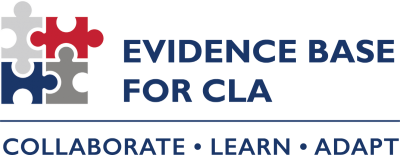An Analysis of what CLA Looks Like in Development Programming (2015)

This analysis is part of a broader area of work known as the Evidence Base for Collaborating, Learning, and Adapting (EB4CLA) effort spearheaded by USAID’s Bureau for Policy, Planning and Learning (PPL) and its support mechanism, The Learning and Knowledge Management mechanism (LEARN).
Each year, through the CLA Case Competition, PPL and LEARN invite USAID missions and implementing partners from across the globe to submit examples of collaborating, learning, and adapting approaches that add value to development programming. In 2015, 60 USAID missions and implementing partners sent in case stories for review. Judges from PPL and LEARN selected 6 winners, but also recognized that the collection provided an exciting opportunity to look across cases and synthesize patterns of learning about CLA that would be applicable to wider USAID, implementing partner, and donor audiences.
This CLA Case Competition Analysis explores examples of CLA in action, among USAID and its implementing partners, and provides answers to these key questions:
- Does an intentional, systematic, and resourced approach to collaborating, learning, and adapting contribute to development outcomes?
- If so, how? And under what conditions?
To answer those questions, we looked to the case stories and asked the following:
- What CLA practices and approaches are found in the cases?
- How did those practices and approaches contribute to organizational change or development outcomes?
- What are the implications of learning for USAID staff, implementing partners, and development practitioners?



